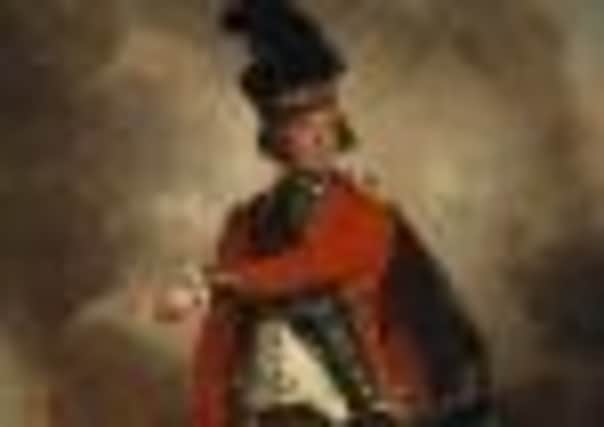Review: Blazing With Crimson: Tartan Portraits, Scottish National Portrait Gallery


No thanks to the Dress Act of 1746 (part of the Act of Proscription), wearing Highland Dress, including tartan and the kilt, was made illegal as the government attempted to trounce the Gaels’ traditions following the Jacobite Risings. Those in the Black Watch were exempt, of course.
In 1782 the Act was repealed. Highland Dress was back in vogue. Now, at the National Portrait Gallery, you can see why.
Advertisement
Hide AdAdvertisement
Hide AdSurveying these characteristic garments in an explosion of magnificent colour, the overwhelmingly large displays of the Tartan Portraits exhibition examines just what these textiles meant to six different people – painted between 1680 and 1780 – casting a light on what must surely be the very fabric of Scottish identity.
The first thing you notice about many of the kilts is how short they are. The “feileadh beg”, for example, rests just above the knee. The second thing is how they’re used, or worn, to underline the wearer’s reason for sporting Highland Dress. From status and wealth to horse-riding or bagpipe-playing – the fashionistas of their day liked to display their sense of style by mixing bright tartans.
Amongst the plaids, garters, trews, petti- coats and breeches, some of the “models” – who also appear in a nearby book and photographic display – tend to resemble the Romans, as represented in their statues.
As for the military? Well, they had to look both regal and scary when contending with the savage Indians of America, didn’t they?
The women, meanwhile, are literally covered in large, striped shawls, worn over the shoulders and down to the ankles, and draped over the head as a veil.
However, a highlight of the collection depicts a cartoon of George IV, standing on a platform, allowing the women to see whether he’s a true Scotsman or not.
Overall, a brief yet illuminating spectacle well worth an hour of your time.
Run ends December 2013.